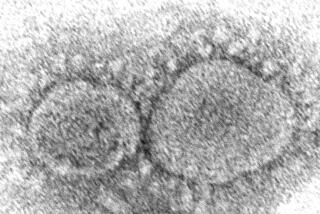Multiple bouts with Lyme disease due to reinfection, not recurrence
For most people who contract Lyme diseaseâa bacterial infection borne by ticksâa course of antibiotics does the trick. But for some, especially those who live in areas like the Northeast U.S., where Lyme disease is particularly common, the infection comes back. That raises questions about whether the disease is recurringâa single infection leading to multiple bouts with symptomsâor if reinfection is occurring, meaning the patient is unlucky enough to have been bit again.
Now a new study, published Wednesday in the New England Journal of Medicine, appears to lay the question to rest: Such patients are reinfected, and Lyme disease does not appear to recur after successful courses of antibiotics.
The study looked at 17 patients who had multiple bouts of Lyme disease, analyzing the strain of bacterium that infected each one on each occasion (there are at least 19 different strains of the responsible bacterium, according to the study). The researchers found no example where two subsequent infections were caused by the same strain, meaning the disease was caused the second time by reinfection in all casesâthere were no recurrences.
According to an editorial by Dr. Allen Steere of Harvard Medical School, the stakes are substantial because some patient-advocacy groups and physicians have been suggesting that a diagnosis of âchronic Lyme diseaseâ be applied to such patients. And some argue that such a diagnosis should carry with it a different course of treatment: long-term use of antibiotics, an approach that is known to cause increases in antibiotic resistance.
The new study, Steere writes, confirms that âthe weight of evidence is strongly against persistent infection as the explanation for persistent symptoms in antibiotic-treated patients with Lyme disease.â
Return to the Booster Shots blog.






